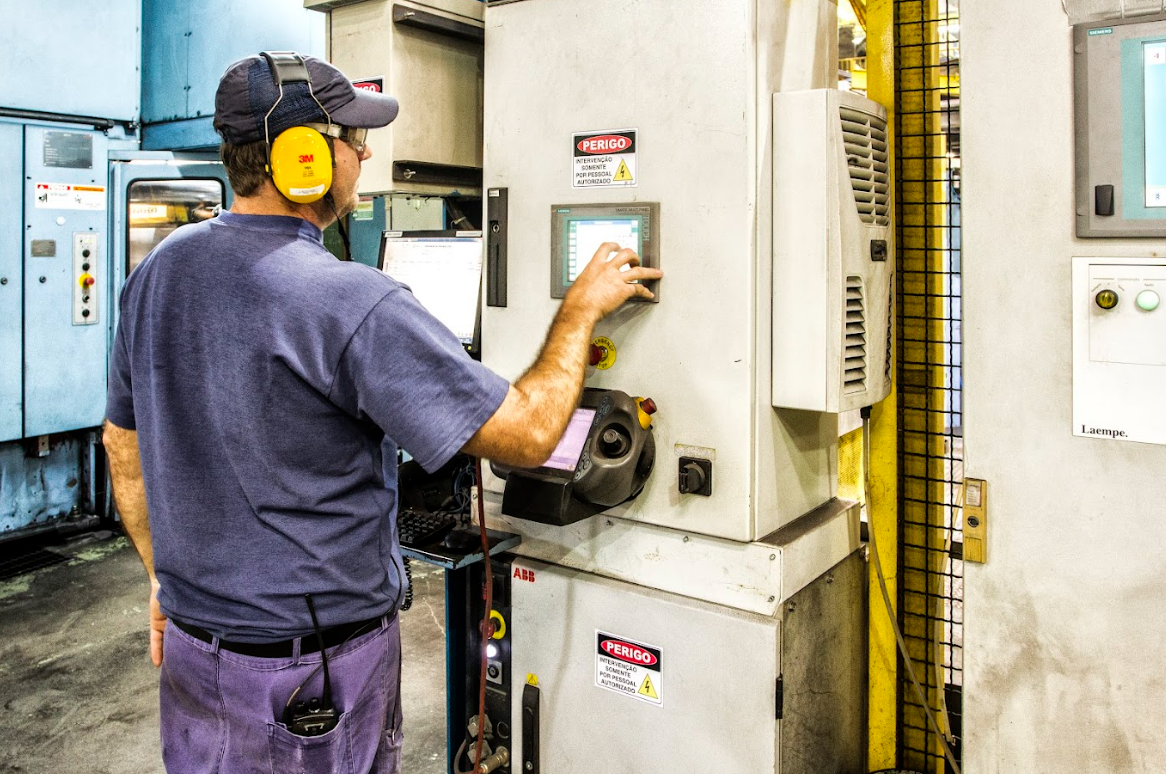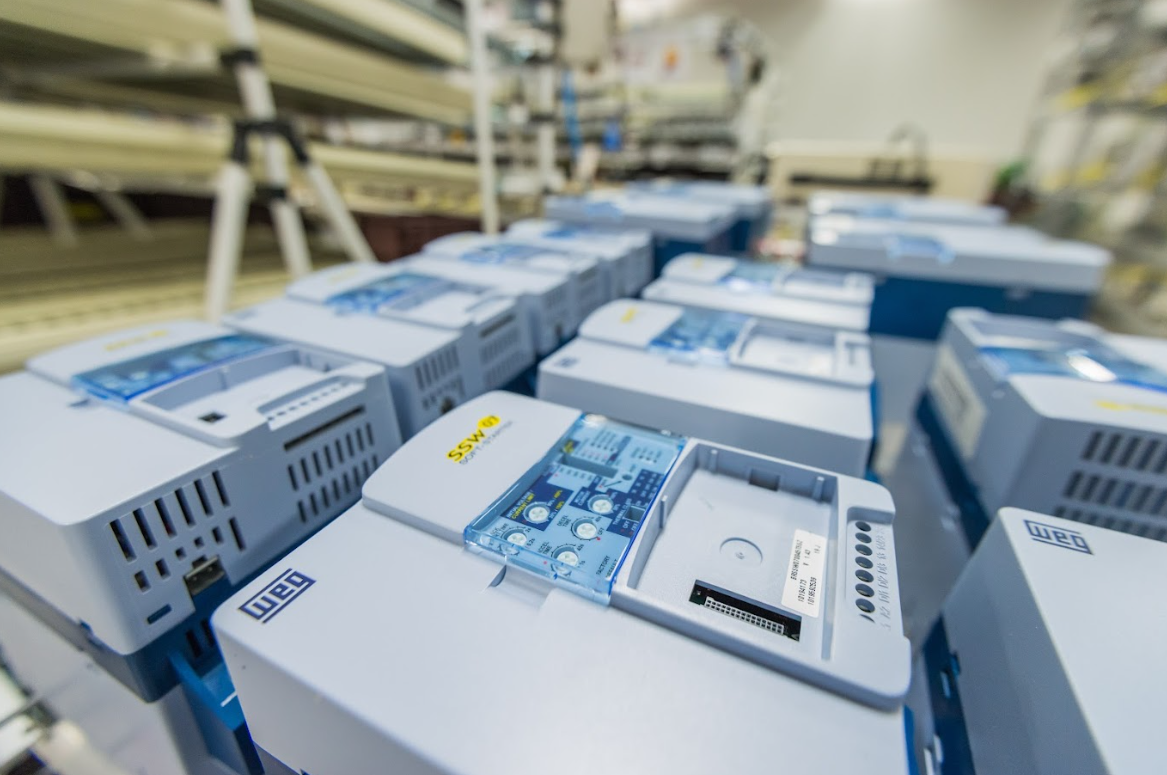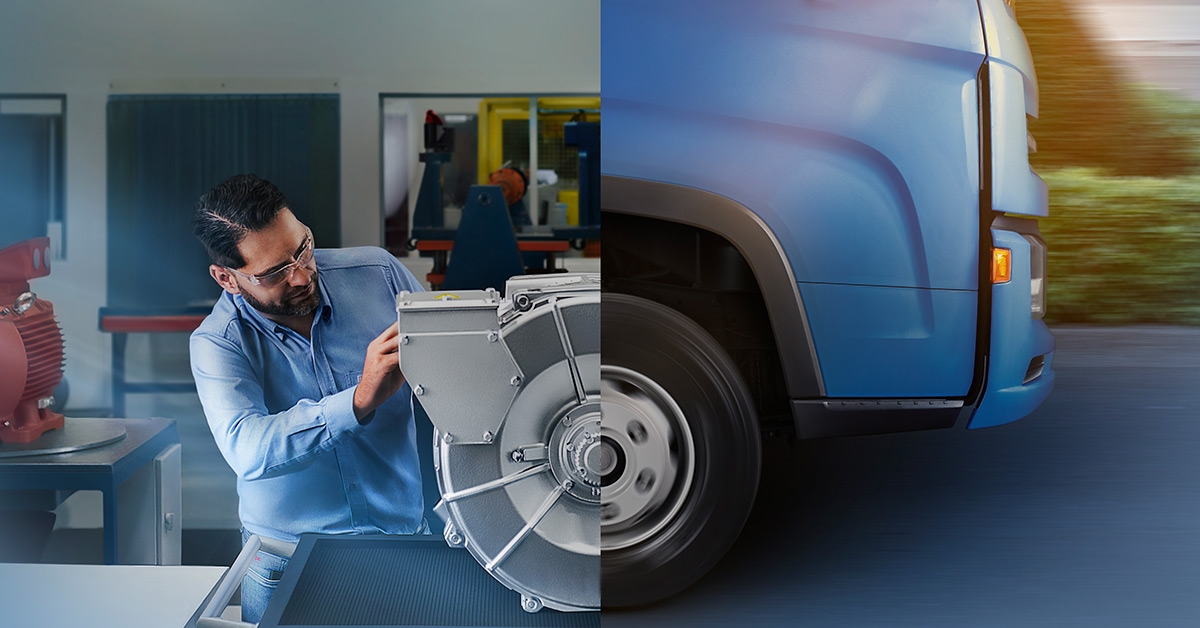
For OEMs engineering pump and fan systems, achieving optimal performance and long-term reliability begins with the right motor control solution. VJ Pamensky (WEG Canada) supports manufacturers with advanced industrial automation solutions, including WEG soft starters, which are essential for smooth equipment operation across industrial environments.
This guide provides OEMs with technical insights into selecting the appropriate soft starter for pump and fan applications — focusing on energy efficiency, system protection and longevity.
Soft starters play a pivotal role in managing inrush current and mechanical torque during startup. Without proper control, these factors can lead to:
By gradually ramping up motor voltage, soft starters extend component life, reduce maintenance costs and improve overall system efficiency.
When designing systems for sectors like HVAC, municipal water treatment or material handling, it’s critical to align your soft starter specifications with your application’s performance demands. The right model can improve startup efficiency, reduce mechanical stress, and ensure smoother system operation, especially in pump and fan applications.
Here’s what to consider:
Tip: Choose a soft starter that allows customization of start/stop ramp profiles and offers adjustable torque control.
For most standard pump and fan applications, the SSW07 is a great entry-level soft starter option. It’s versatile, reliable, and well-suited to a wide range of OEM needs.

Soft starters help limit the inrush current, reducing strain on electrical systems and preventing nuisance trips. OEMs should evaluate:
These features are especially important for facilities with fluctuating power quality.
WEG’s soft starter lineup integrates seamlessly with automation systems and includes robust features ideal for OEM applications:
Explore available models and application details on VJ Pamensky’s industrial automation page.
Even the most advanced soft starter can fail to deliver if improperly applied. Avoid these mistakes:
Consulting with your motor supplier during the design phase ensures correct pairing of soft starter and motor system.

For OEMs, the right soft starter selection directly affects system reliability, operational costs and energy use. With VJ Pamensky’s support and WEG’s advanced soft starter technology, you can design smarter, more resilient pump and fan systems built to perform across demanding industrial settings.
Contact VJ Pamensky today to learn about our full range of electric motors and select the right solution for your next OEM project.